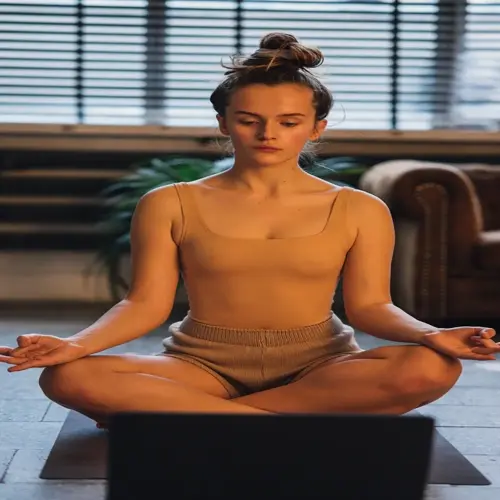Does sunscreen block sunlight benefits?

Written by
Leilani Ibeh
Reviewed by
Prof. Graham Pierce, Ph.D.Sunscreens selectively protect against the harmful UV radiation but allow visible light wavelengths to penetrate the skin and deliver circadian benefits. The important optical spectrum of blue light (446-477nm) passes through the sunscreen to reach the retinal photoreceptors, which regulate the production of melatonin and the cycling of energy.
Circadian Function
- Visible light penetrates sunscreen to stimulate ipRGC photoreceptors
- Melatonin suppression remains 85-90% effective with sunscreen
- Cortisol awakening response unaffected by broad-spectrum SPF
Vitamin D Synthesis
- SPF 30 reduces vitamin D production by 95-97%
- Apply sunscreen after initial exposure period for balance
- Darker skin types require longer pre-application exposure
Application Strategy
- First 10 minutes: Unprotected for vitamin D/circadian benefits
- After 10 minutes: Apply SPF 30+ for continued outdoor activity
- Reapply every two hours during prolonged exposure
Use time to implement an element of balanced protection. For fair skin, allow it to be uncovered for five minutes before protection is applied. Medium skin may manage with ten minutes, while dark skin may require fifteen. For eyelids and other sensitive areas, protection should be used immediately, regardless of the time of exposure.
Custom formulations influence specific needs. Zinc oxide mineral sunscreens allow a bit more blue light penetration than chemical products. Sport formulations hold up through sweat. I recommend that my clients opt for broad-spectrum coverage, excluding claims related to vitamin D interference, as these are not scientifically substantiated.
For comprehensive protection, a combination of approaches is required. For example, wide-brimmed hats should be worn after initial exposure to the sun. UV-protective clothing should be used when outdoors for a significant portion of the day. Morning sunlight before ten AM carries a lower degree of UV intensity. It therefore results in balanced protection being more effective than compromise in mid-day.
Read the full article: 10 Morning Sunlight Benefits for Health and Wellness

